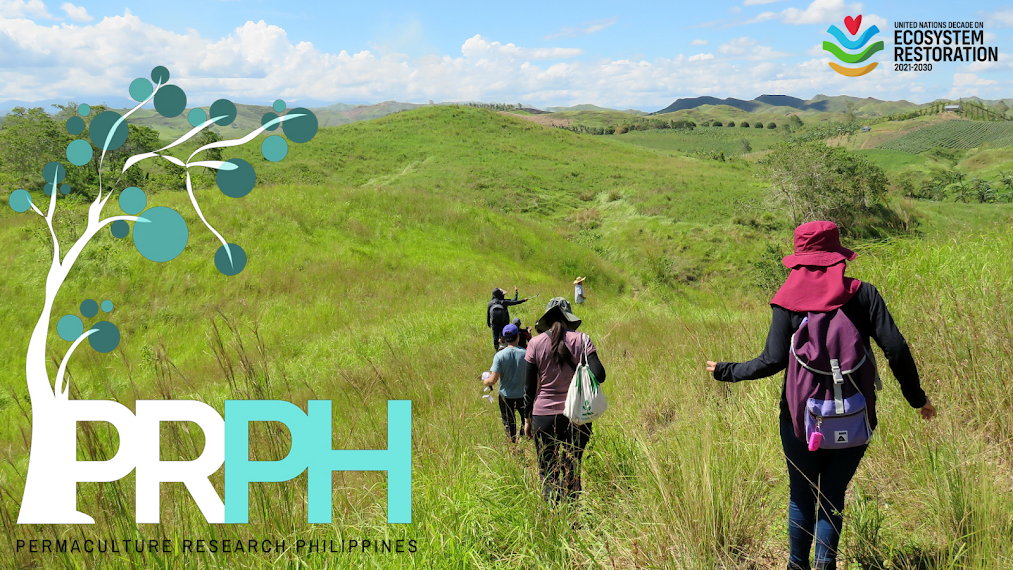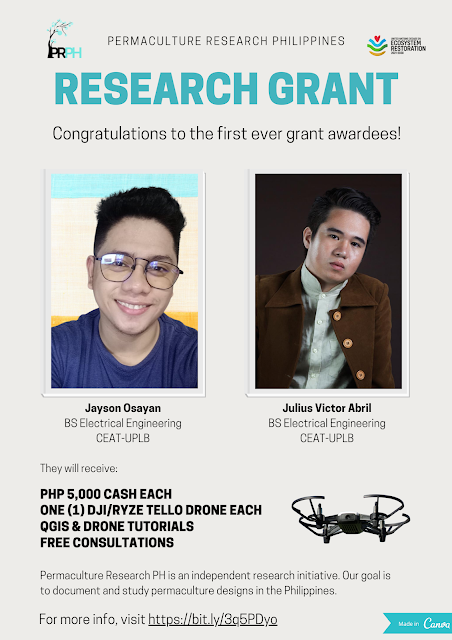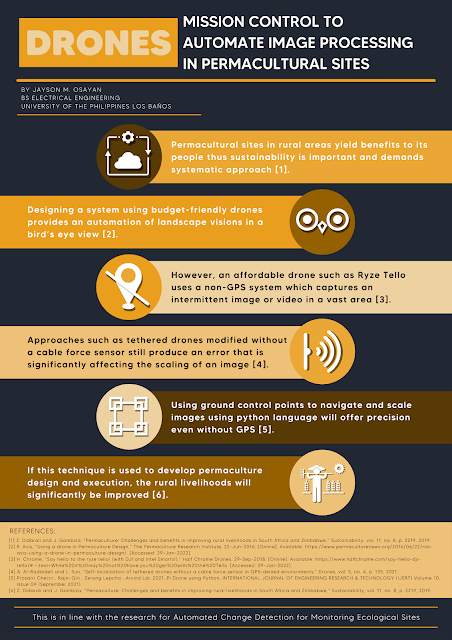The Collaborative Permaculture Map of the Philippines was a project we started in 2017. The purpose was to consolidate and connect the network of permaculture practitioners that we were studying (2017, 2021) to create a strong and vibrant permaculture community. We hope that this tool would help address the inquiries we were receiving from people. Which permaculture site can I visit? Where are the permaculture schools? Where can I get farm/garden supplies? Those kinds of inquiries.
Adding an Entry to the Map
If you have a personal permaculture project (group, organization, garden, farm, initiative, education, media, etc.), feel free to add it to the map if you want people to connect with you and visit your site. If you have visited a permaculture site yourself, you can also add it here and include photos and some descriptions (your name, date of visit, some observations).
To add to the map, click this link and go to the search bar and type in your address (or the address of the site you visited). Select the entry and then click "+ Add to map." This will automatically add to the "Permaculture Sites, Projects, Initiatives" layer. The symbology used for this layer are icons in blue. It's up to you which icon you will use. Right now we have icons for farms, resorts, hotels, retreats, museums, and others have their own company logos or FB group icon. The rules for which icon or symbol to use are not strict. But we suggest that only the color scheme be followed.
Data Layers
When you add an entry, it automatically adds to the first layer. To contribute to the other layers, you need to click on the layer box (you will see a vertical blue highlight on the left side to indicate you have selected the layer). Here are the layers explained:
Wildlife Observations - If you're in a permaculture site and spotted some wildlife, you can add them here. Again, to add an entry, type the address on the search bar and click "+ Add to map." Rename the layer by adding the year in parenthesis. In the description, you can add the common name of the species, the scientific name, description of the location of where it was photographed, the time it was taken, and a photo. This data will help us monitor biodiversity in permaculture sites. The icon color we use for this layer is purple.
Crop Diversity Inventory - This layer is used to monitor the diversity of crops in permaculture sites. gain, to add an entry, type the address on the search bar and click "+ Add to map." Rename the layer by adding the year in parenthesis. In the description, you can add the common name of the species, the scientific name, description of the location of where it was photographed, the time it was taken, and a photo. If you can count the number of trees, plants, shrubs, indicate the number visible in the photo. The icon color we use for this layer is green.
Agri Products, Services, Suppliers - This is not a "permaculture" layer but we added this to connect practitioners to places and people where they can get farm services and supplies. If you recommend a certain place for these needs, please add them to the map also. The icon color we use for this layer is orange.
Zone Designs and Landcover Maps - This layer is for maps. If you would like to share a map you made of a permaculture site, you can share them here so others would have an idea how to design in a permaculture way. The icon color we use for this layer is red.
Research Publications, Articles, Studies - This layer is for students, researchers, journalists, and bloggers. If you have written literature about a permaculture project, you can add it here. Include a short summary and a link to the article. The icon color we use for this layer is light orange.
Natural Ecosystems Near Permaculture Sites - This layers is for those doing earth observations and aerial and landscape photography. If you know a permaculture site close to natural ecosystems such as mangroves, forests, coastal areas, rivers, etc., feel free to add it here. You can include a short description why these ecosystems are important in the landscape plus a photo. The icon color we use for this layer is green.
Convergences and PDC Courses - Since people are always keen to know when and where the next trainings would be, to those who organize and conduct events such as these, feel free to add to the map and include important details such as date and time. Include also a link to the main page of your event. The icon color we use for this layer is light green.
Agri Orgs, Agencies, Offices - To strengthen linkages with the agriculture sector, we included a layer for government, non-government, and private organizations to facilitate collaboration and cooperation between permaculture practitioners. The icon color we use for this layer is yellow.
Farmers' Markets and Bazaars - For the farmer-entrepreneurs, this is a useful layer to help guide consumers where to buy produce from permaculture practitioners. Consumers can also inform the permaculture community where they can market their produce. If you know a local market, you can add it in this layer. The icon color we use for this layer is brown.
If you find it difficult to follow the instructions, click this link and we will do the work for you: https://forms.gle/TcSYWa3XD4dP9gR6A
If you see your project already added to the map, feel free to update and edit your information (or remove, if you prefer not to be included for personal or data privacy reasons).
For assistance, you can e-mail permacultureresearchph@gmail.com.



.png)


).png)
%20Can%20Do%20to%20Make%20a%20Difference%20Today%20(1).png)








%20cover%20photo.jpg)
.png)













.png)